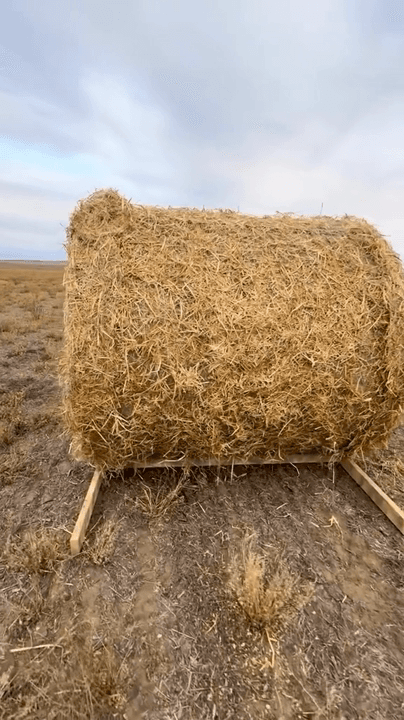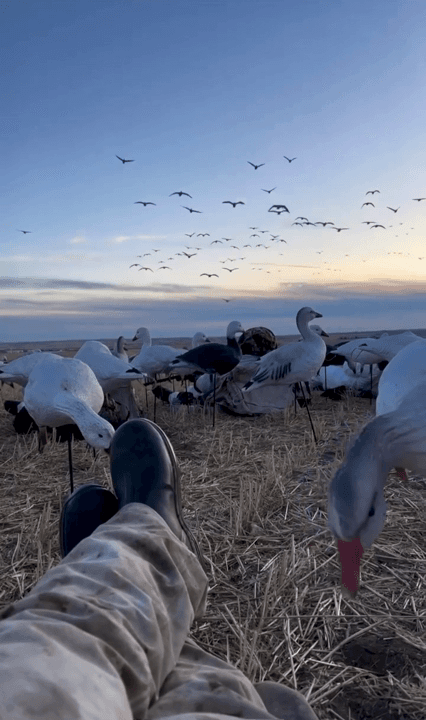
HUNTING IN LOMBARDY: CENTURIES-OLD TRADITIONS, LAWS AND LEGISLATION, SEASONS, WILD SPECIES AND HUNTING TECHNIQUES AMONG THE ALPS Lombardy, located in northern Italy, offers an extremely varied landscape ranging from the Rhaetian and Orobic Alps to the plains of the Po River, and including lake areas such as Lake Como, Lake Maggiore, and Lake Iseo. This environmental diversity creates ideal habitats for a wide range of wildlife, making the region one of the most interesting for hunting in Italy. The mountainous areas are popular for hunting ungulates such as deer, roe deer, and chamois, while the plains and wetlands attract hunters of small game like pheasants, hares, and ducks. The region's dense woodlands, particularly in the provinces of Bergamo, Brescia, and Pavia, provide excellent cover and food sources for wild boar populations. The Prealps and the Po Valley are also key areas where wild boar thrive, thanks to the mix of forests, farmland, and water sources. Hunters and Demographics of the Region According to data from Federcaccia Lombardia, the region has approximately 62,000 active hunters, one of the highest numbers in Italy. Most enthusiasts are between 45 and 65 years old, but in recent years there has been growing participation from young people and women, especially in rural areas. The provinces with the highest number of hunters are Brescia, Bergamo, and Pavia, where hunting traditions are deeply rooted. Characteristics of Hunting Hunting in Lombardy is carefully regulated and organized, thanks to a network of hunting reserves and protected areas. The region offers both selective hunting, particularly in mountainous areas, and collective wild boar hunts in forested areas. Bird hunting, especially waterfowl, is also very popular along the Ticino River and in the reserves of the Mincio Park. Types of Hunting in the Region and Huntable Species Wild boar hunting: Wild boar populations in Lombardy have increased significantly in recent years due to their adaptability and the abundance of food sources. This has led to a growing interest in wild boar hunting as a means of population control. According to Federcaccia Lombardia, wild boar hunting is one of the most popular forms of hunting in the region, attracting thousands of hunters annually. It’s common in the hills and forests, especially in the provinces of Bergamo and Pavia. Selective hunting for deer and roe deer: Practiced in the Prealps and alpine valleys. Chamois hunting: Limited to high-altitude areas in the Orobic Alps. Hare and pheasant hunting: Typical of the Lomellina plains and the hills of Brescia. Waterfowl hunting: Common near lakes and along the Ticino, Adda, and Oglio rivers. Main species: wild boar, deer, roe deer, chamois, hare, pheasant, duck, coot, and red partridge. Hunting Seasons in the Region Hunting seasons in Lombardy are regulated by Regional Law 26/93 and the annual hunting calendar. Some indicative periods include: Wild boar hunting: From October to January. Selective hunting for deer and roe deer: From September to December. Chamois hunting: From September to November. Waterfowl hunting: From September to late January. Hunting Associations and Clubs Among the main hunting associations in Lombardy are: Federcaccia Lombardia Arcicaccia Lombardia Libera Caccia Enalcaccia These associations provide training, bureaucratic assistance, and organize shooting competitions and awareness events for environmental conservation. Hunting Regulations Hunting in Lombardy is regulated by national legislation (Law 157/92) and regional laws. To obtain a hunting license, it is necessary to: Pass a theoretical and practical exam. Have mandatory insurance. Pay annual hunting fees. Authorized Areas: Hunting is only permitted in designated areas, and protected zones such as national parks are off-limits. Use of Dogs: The use of trained dogs is allowed but must comply with specific guidelines to ensure ethical hunting practices. Every hunter must respect bag limits, authorized hunting areas, and protected species. Regional Hunting Traditions In Lombardy, hunting is deeply rooted in rural culture. In mountain communities, chamois and deer hunting is an ancient tradition passed down through generations. Wild boar hunts, accompanied by communal meals featuring wild boar stew or polenta with boar ragù, are occasions for socialization and strengthening community bonds. Interesting Facts about Hunting in the Region The province of Brescia is considered one of Italy’s hunting capitals, with a long tradition of migratory bird hunting. In the Ticino Park, waterfowl hunting is practiced using fixed blinds, a highly valued local tradition. Chamois hunting in the Orobic Alps is regulated with strict annual quotas to ensure species conservation. Hunting in Lombardy is not just a passion but also a tool for sustainable wildlife management and environmental conservation. The collaboration between hunters and hunting associations is essential to preserve this tradition while respecting regulations and biodiversity.
Post: 8 May 13:11















































